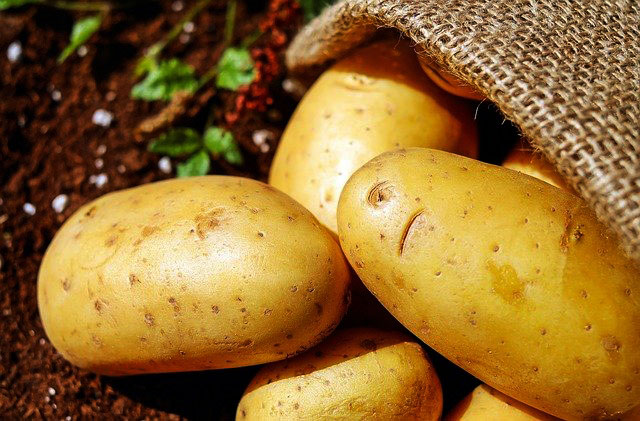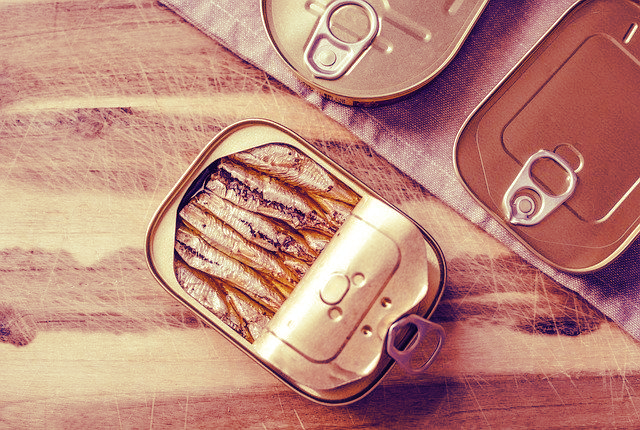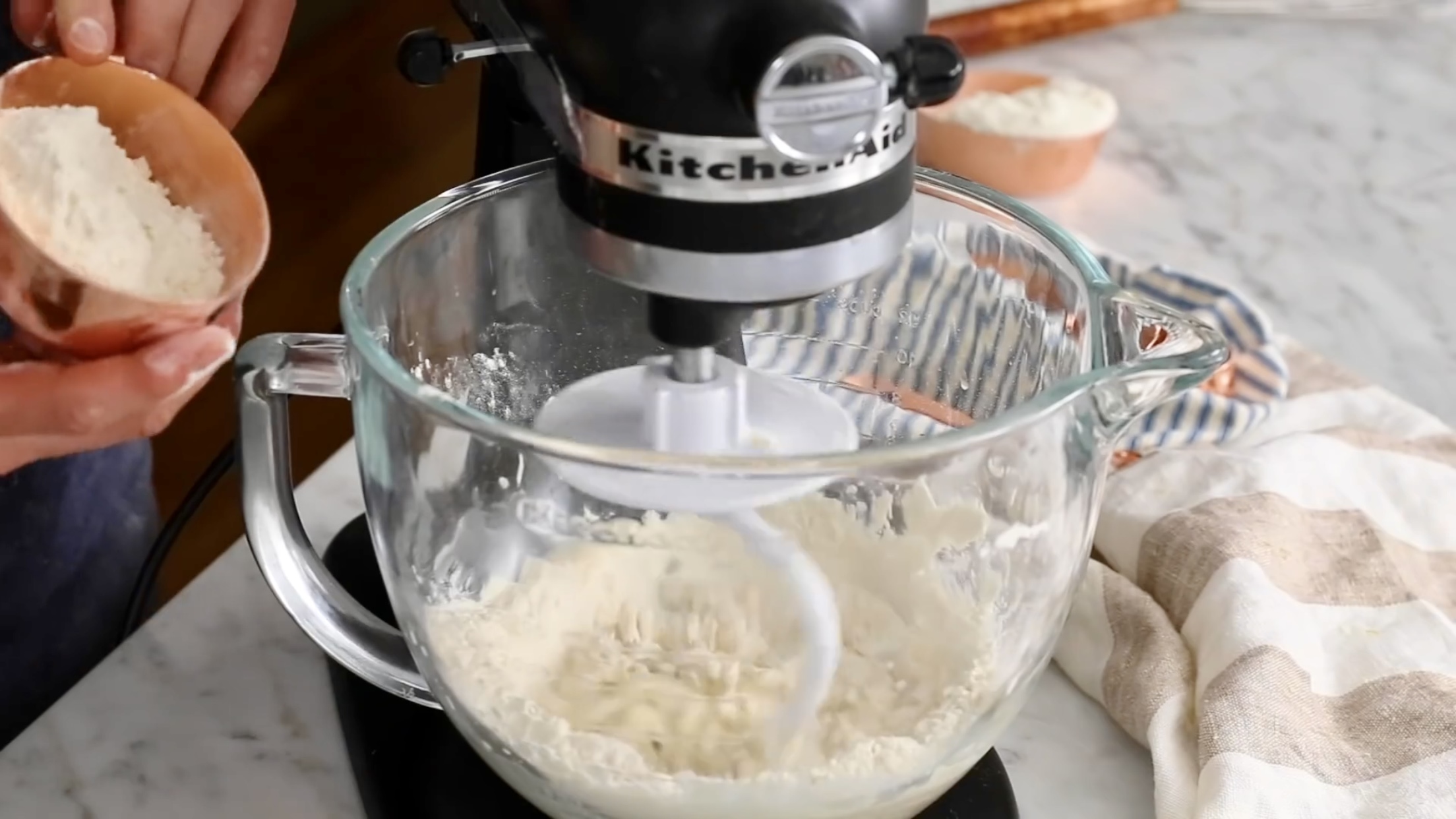Wow! There are so many things we want to say to you, but we'll just try to stick to your question.
After the tenth plague – the killing of the firstborn sons of the Egyptians – the Jews were invited to leave Egypt and left in such a hurry that their bread didn't have time to rise. They carried the dough on their backs, where it was baked in the heat of the sun. Passover, or the seven-day Festival of the Unleavened Bread, commemorates the salvation of the firstborn Jewish children (in your world, the angel of death passed over their houses (not the whole city) because the doorways were marked with lamb's blood, and struck only the Egyptian households) and the Israelites' exodus from Egypt.
Matzo, or matzoh or matza, is the cracker-like unleavened bread that symbolizes Passover. It is made of plain white flour and water and is not allowed to rise before or during baking. The grain is carefully supervised from the time of harvest to the mixing of the dough, to ensure that it does not get wet and begin to ferment. There is the tradition that the dough begins the leavening process 18 minutes after the grain is moistened, so the bread must go from dry to dough to finished product within that period.
There is also a soft matzo, which resembles pita bread or a tortilla, although virtually all matzo dough is docked (pricked with small holes) to ensure that it does not puff up in baking.
Matzo may also be made of barley, spelt, rye, and oats (although it rarely is in the United States), but these grains and wheat may not be used for anything other than the making of matzo during Passover. Most matzo in this country is commercially produced, made of wheat flour, and hard and crispy like a cracker. Once baked, matzo can be ground into matzo meal, and used as an ingredient in the production of matzo balls, puddings, cakes, cookies, and other baked goods.
In observant Jewish households, the eating of matzo on the first night of Passover is considered to be a commandment.

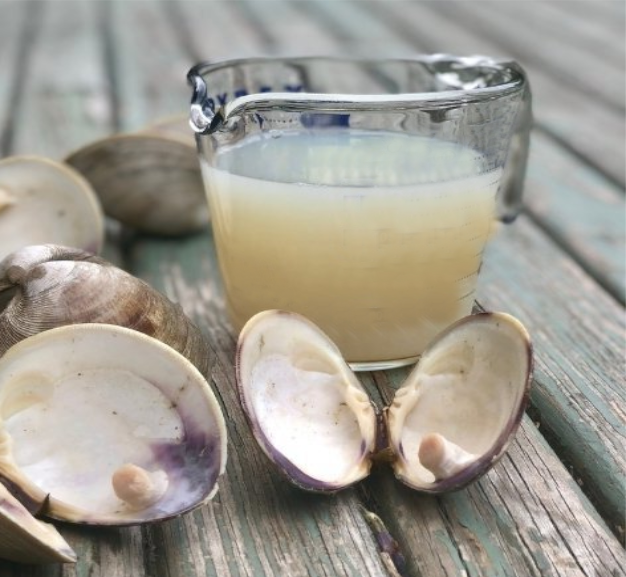

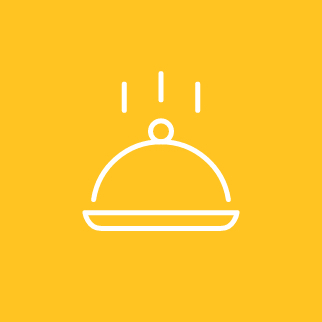
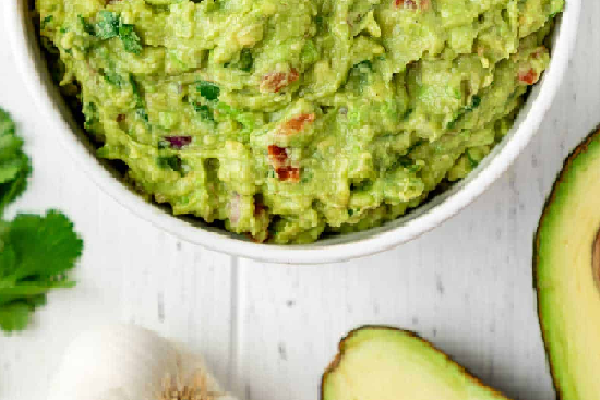



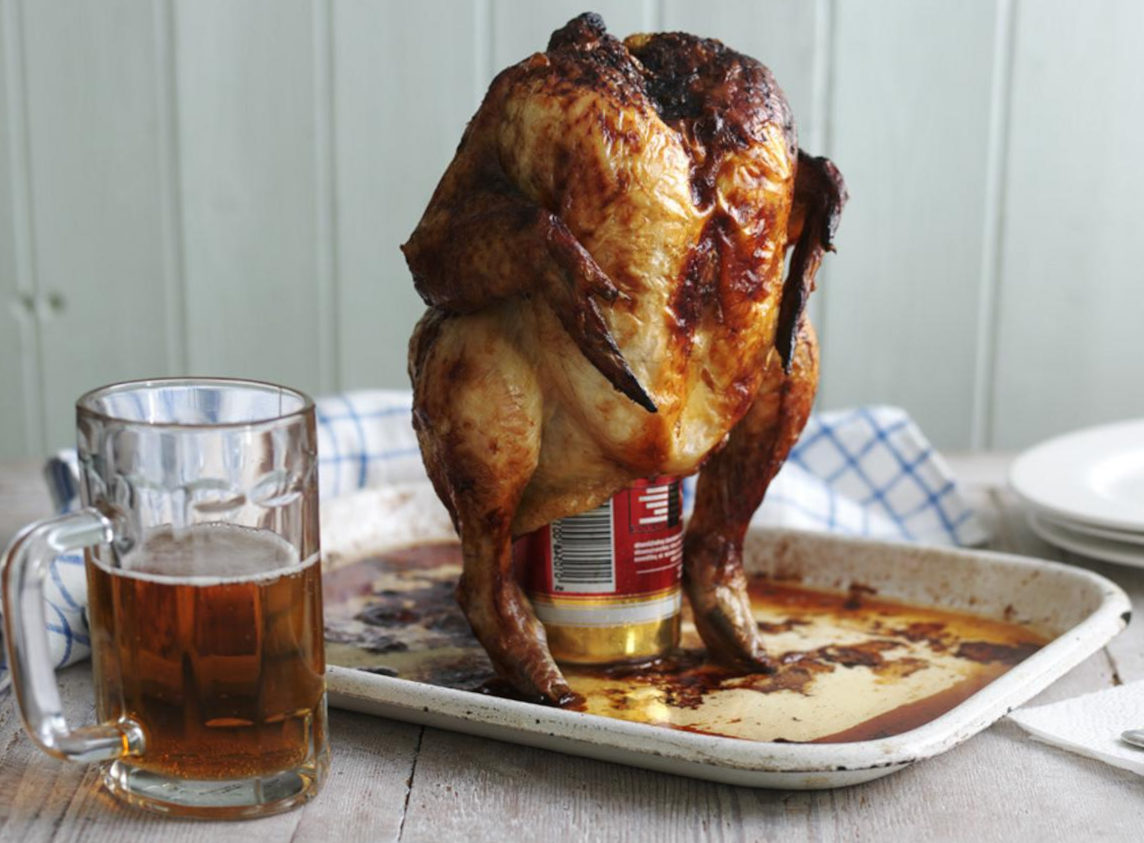
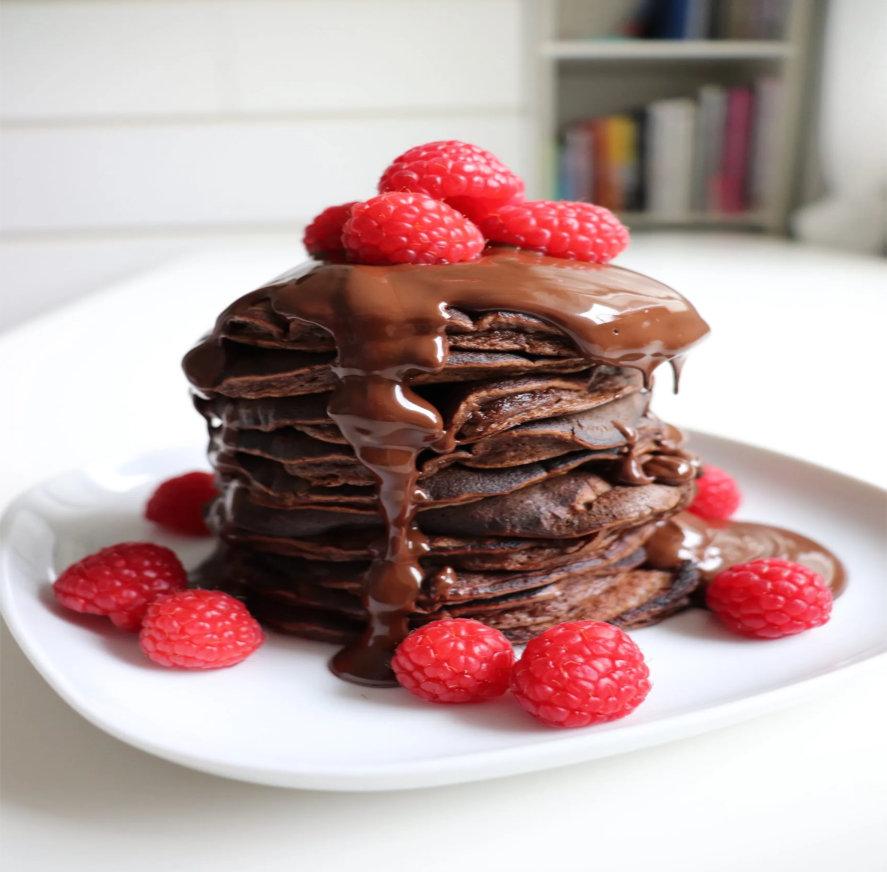
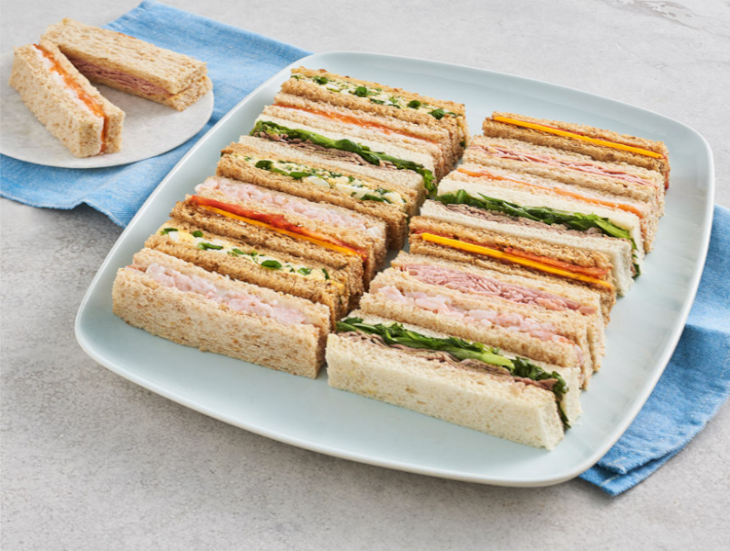



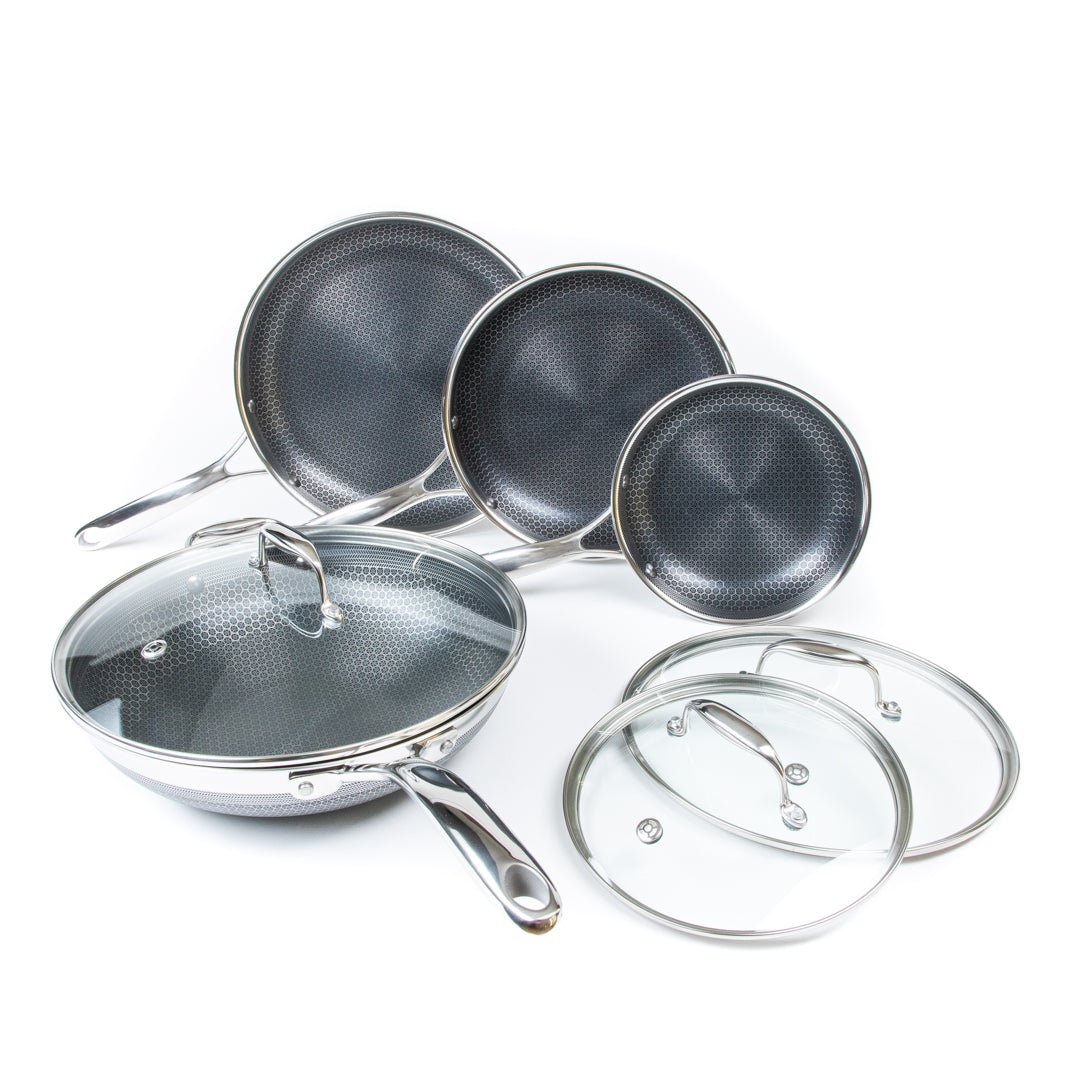


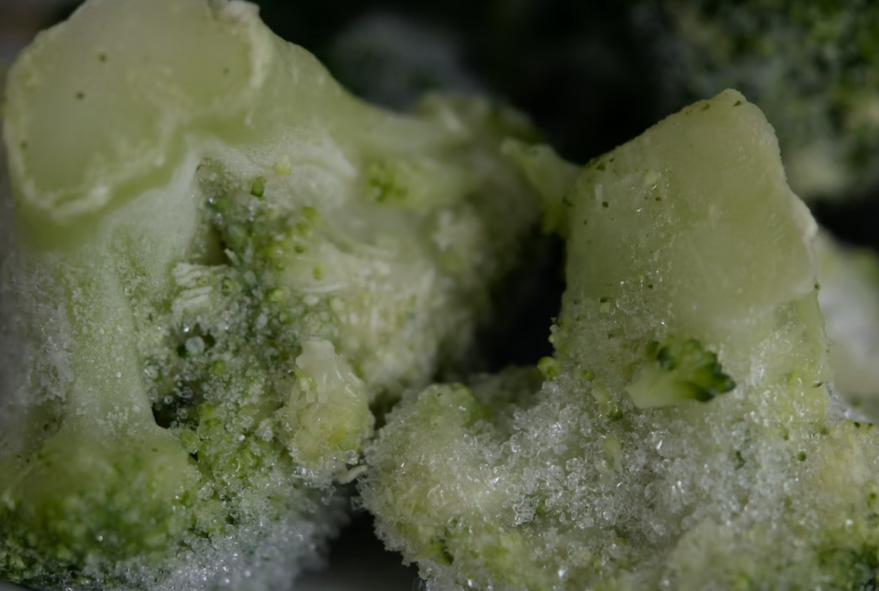
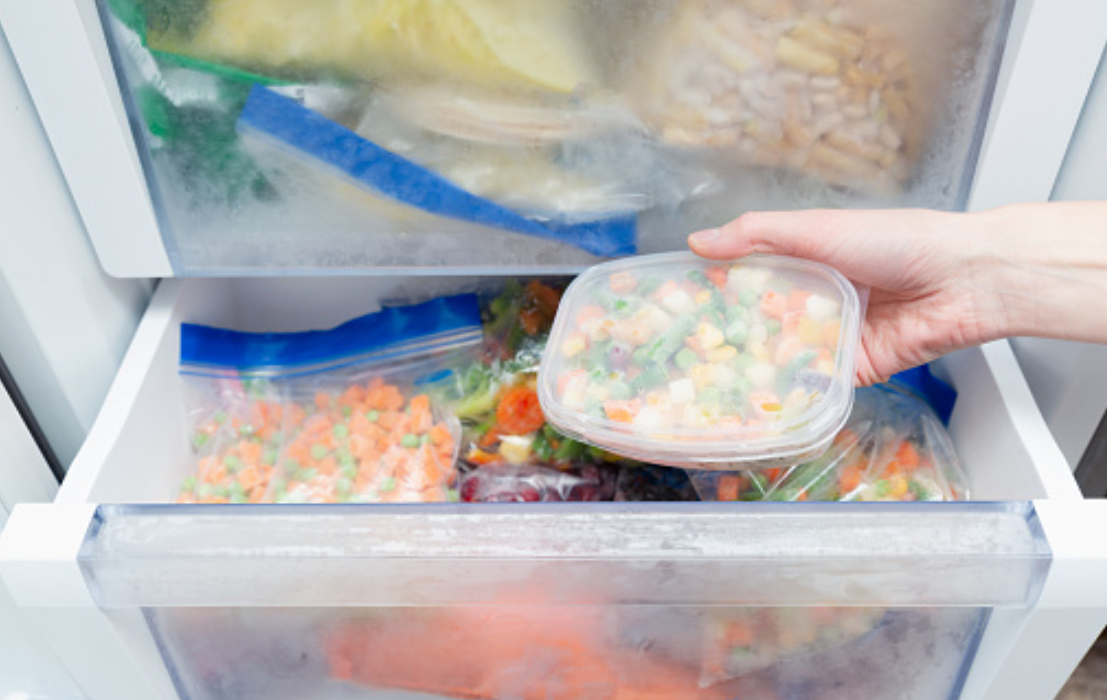
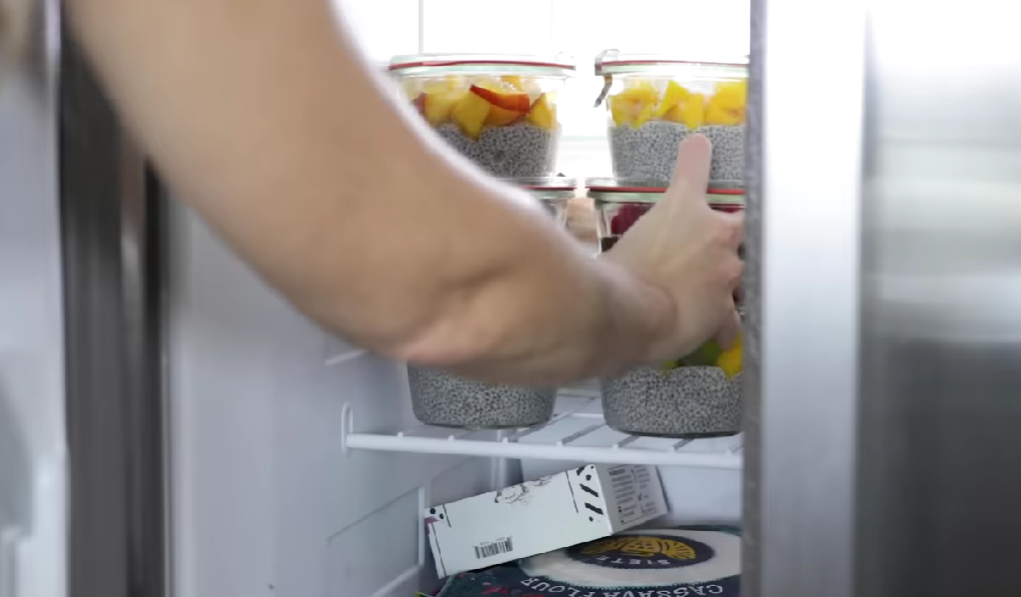

![Can you Cook Eggs in the Microwave? [Complete Guide]](/assets/images/c1f79d1cad59f18f9b5dc31403bd0eb2.png)

